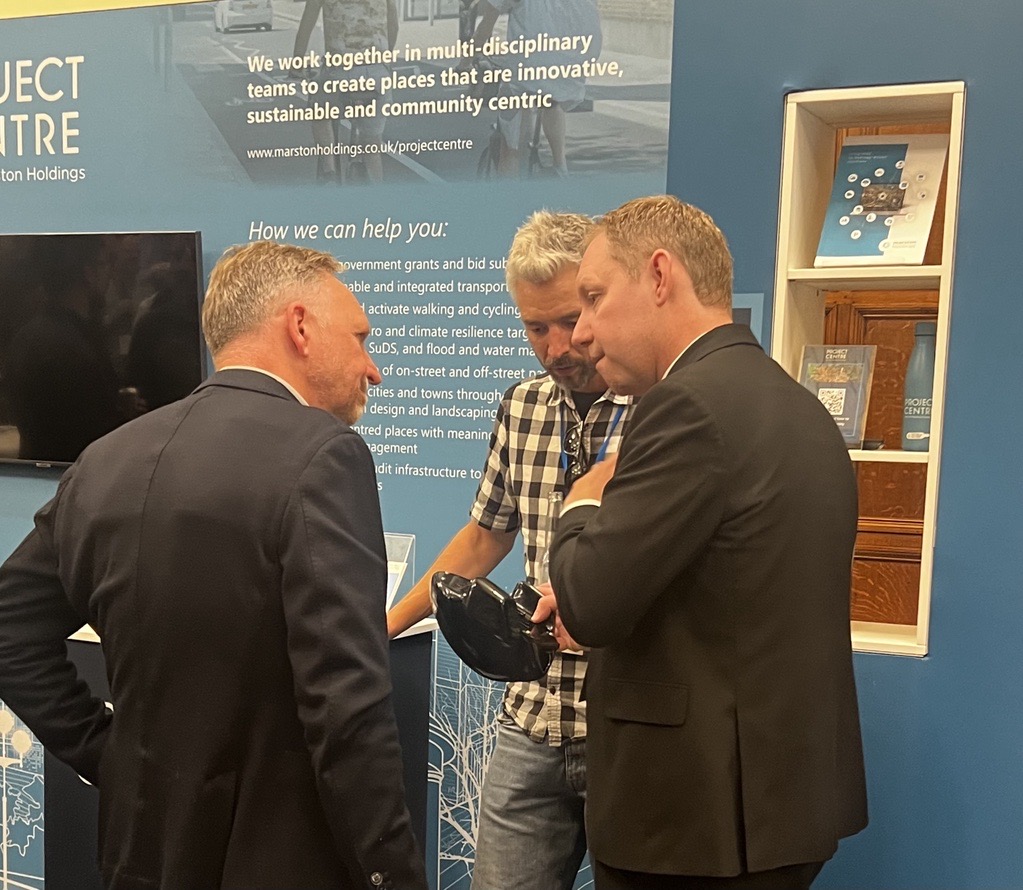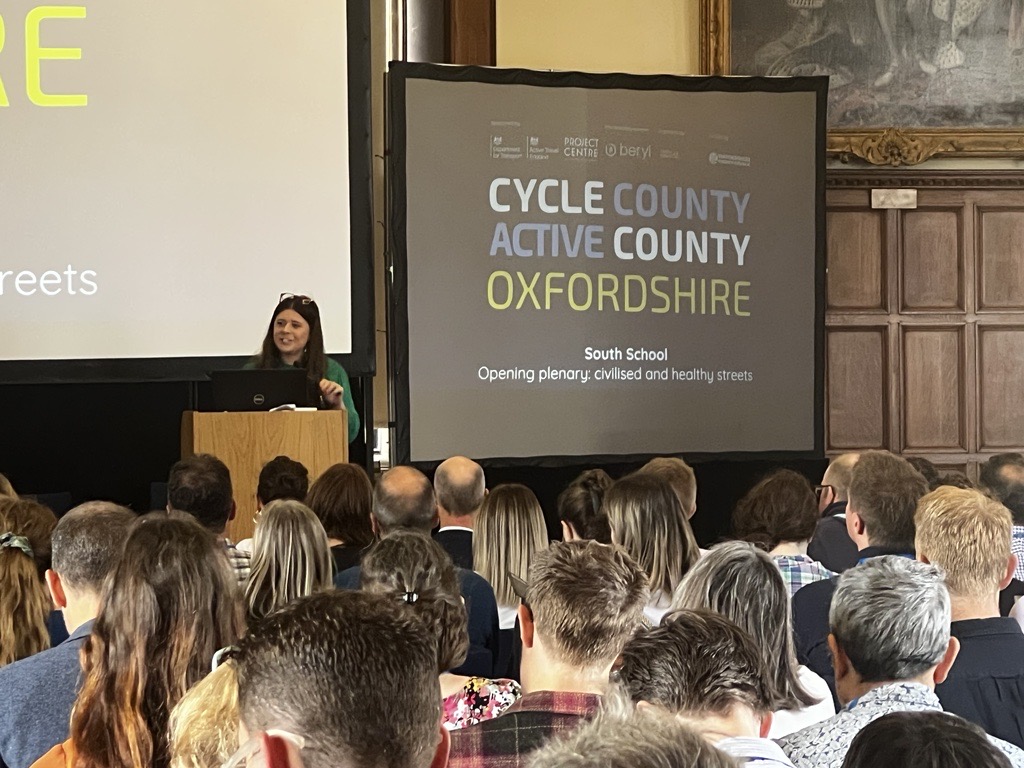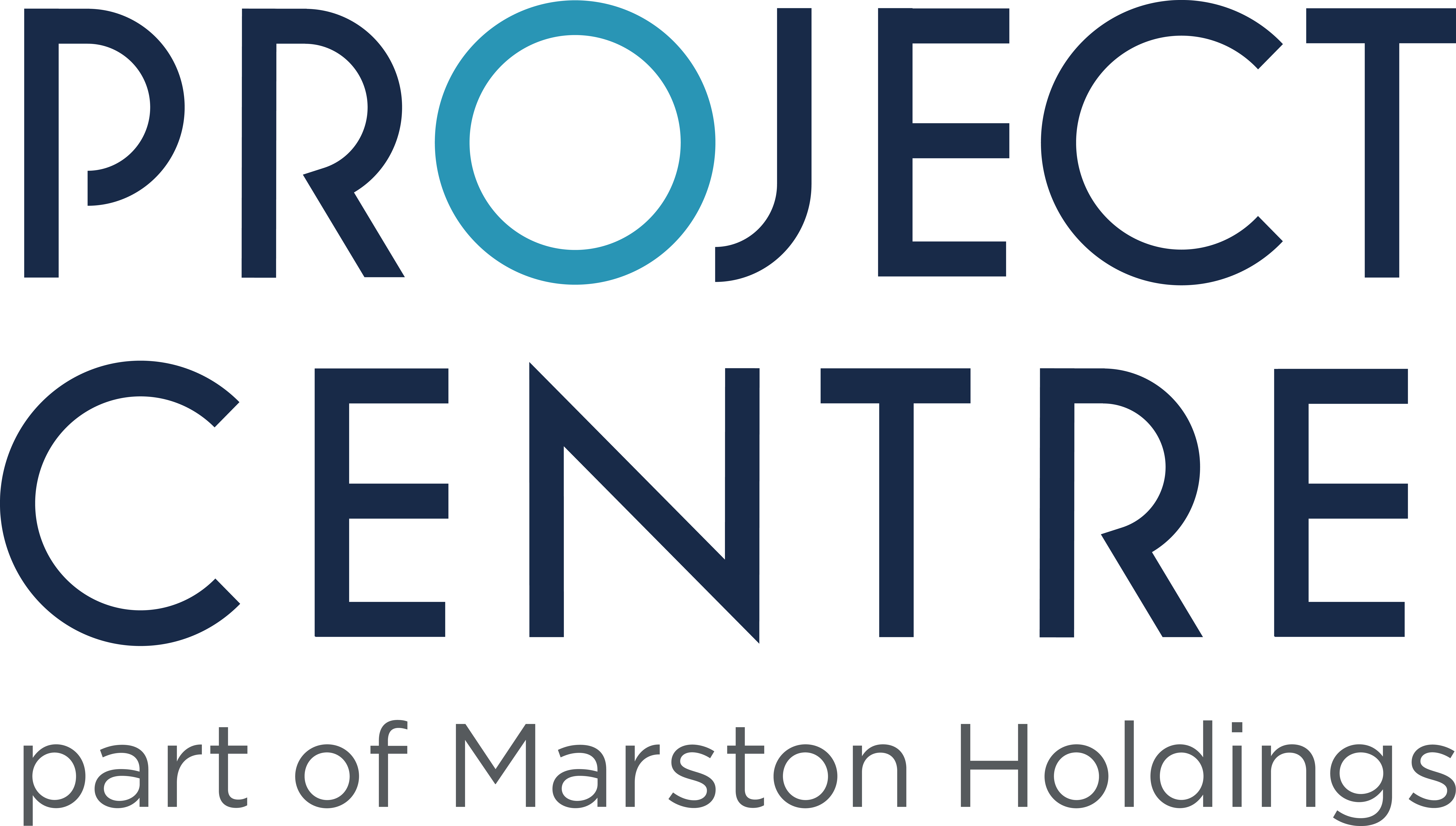
We were at the Cycle County Active County Conference in Oxford, discussing the barriers to active travel and how we can help local authorities and communities to overcome these.
The event brought together private and public sector industry leaders. They all shared insights into one of the most debated topic in the industry.
“Active travel is good for the environment, our economy and public health. Our aim is that 50% of all journeys in towns and cities should be walked, wheeled or cycled by 2030.”
— Department for Transport
The government is heavily investing in developing active travel across the country, making funds available for its consultation, design and implementation. But what are the main barriers to active travel? What’s stopping Councils from making this happen?
A major barrier to active travel is related to the community’s perception and their engagement in actively driving positive behaviour changes. Most of the community is still widely considering active travel as an unachievable mode of transport. The statistics on the matter show us just some of the outstanding concerns from the communities across the country.
How to create change through advocacy
As one of the main barriers to active travel is community perception, a real change needs to come through engagement and advocacy prior to infrastructure design and implementation.
Our Head of Engagement, Steph Bortoli, spoke at the Conference on: “The reality of changing travel”. Steph focused her presentation on barriers to active travel and communities. She explained how we work to understand their concerns and design in a way that addresses their issues.

Designers should make UK streets as inclusive and accessible as possible to remove barriers to active travel. Our engagement team is at the forefront of creating forums that communities need to open the door to accessibility. During her presentation, Steph brought up examples from some of our projects. Our schemes demonstrate how we listen to the community’s concerns and include their ideas in our schemes’ designs.
Our work with Lewisham Council, making School Streets safer
Lewisham Council planned to deliver a School Streets programme across one of the most traffic congested locations in the borough. The programme aimed to reduce traffic and encourage more sustainable modes of transportation.
The community immediately demonstrated strong concerns on the School Streets designs. Our communications team stepped in to understand their concerns and address these in our scheme. We developed consultation maps, online surveys and held face to face conversations. Our team also wrote to teachers to help them communicate the value and importance of the programme.
As a result of a combination of behaviour change and camera enforcement from our sister company, Videalert, we reduced 862,500 vehicle movements around school drop off and pick up times. In the Holbeach Primary School alone, vehicle movement decreased by 75%, meanwhile in the Rushey Green Primary School there was a 32% reduction in vehicle movements.
Creating inclusive space for active travel in King Street
In 2021, Transport for All (TFA) reported that disabled and older groups felt overlooked when the London Borough of Hammersmith and Fulham (LBHF) implemented a new cycleway on King Street. The aim of the cycleway was to contribute to the Net Zero goals and reduce motor traffic in LBHF.
LBHF commissioned our team to address those concerns and consult local, older and disabled people in the King Street area. We wanted to ensure fair and equal representation as well as incorporate their unique lived experiences into the next steps of the project.
We carried out an on-site assessment which allowed the team to address specific barriers to accessibility on King Street. The assessment closed with a debrief to digest, discuss and clarify the key issues. At the end of the assessment, we drafted a report, demonstrating that we carefully captured and recorded insights, continuing to build trust with participants.
For LBHF we also organised follow-up workshops. The residents gathered with our design and engagement team to explore long-term and short-term solutions. Together, they looked at ways to improve accessibility in a way technical standards might usually fail to identify without the knowledge that comes with a lived experience.
The participants felt reassured as the Council was genuinely committed to understanding and reducing the barriers faced by the community.
These are just a couple of the projects that our communication ad engagement team has worked on. At Project Centre, we are committed to making suitable changes to our communication strategy, ensuring we reach out to the whole community.


